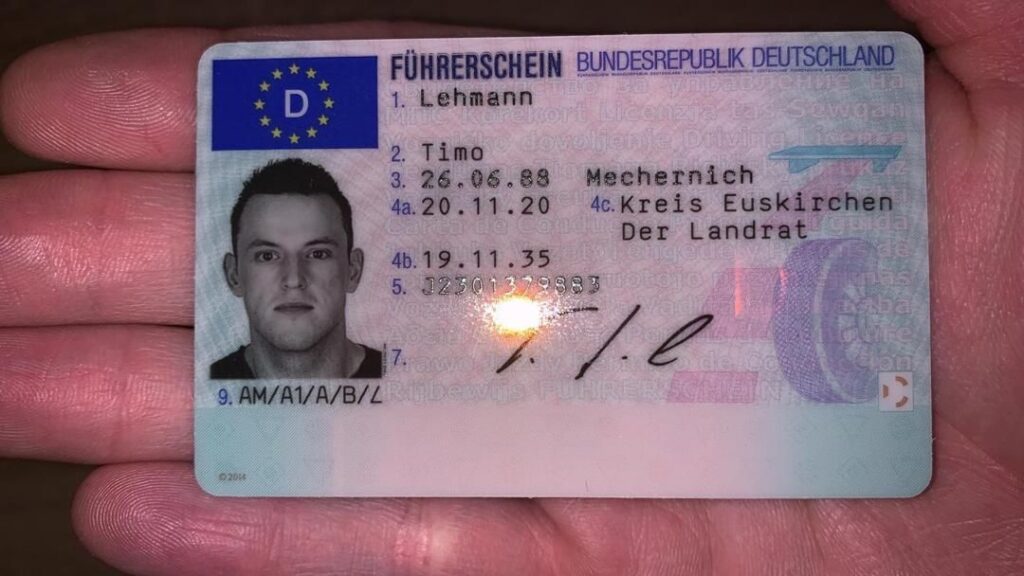The Process of Obtaining a Driver's License: An Informative Guide
Obtaining a chauffeur's license is a substantial turning point in many people' lives. It is typically viewed as the first step towards self-reliance and duty. This post provides a detailed introduction of the process included in getting a chauffeur's license, consisting of the experiences that come with it. From comprehending the various kinds of licenses to browsing through the application process, this guide will help aiming motorists prepare for the road ahead.
Comprehending the Different Types of Driver's Licenses
Before beginning the application process, it is essential to comprehend the different types of chauffeur's licenses offered. It must be noted that licensing classifications may differ by state or country; however, the general categories are as follows:
| License Type | Description |
|---|---|
| Learner's Permit | A restricted license permitting new motorists to practice under guidance. |
| Class C License | The most common license type that permits individuals to run basic lorries. |
| Class B License | Required for motorists of larger automobiles, such as buses or trucks. |
| Class A License | Essential for running heavy trucks and big trailers. |
| Motorbike License | Specifically for running motorcycles. |
Understanding these categories assists individuals choose the appropriate license type based upon their driving requirements.
Steps to Obtain a Driver's License
Acquiring a driver's license normally involves a series of distinct steps. Here's a structured overview that aspiring chauffeurs can follow:
1. Research and Choose a Driving School
- Examine local schools to find one that fits your requirements.
- Check online reviews and request for recommendations.
- Validate the school's accreditation and licensing.
2. Obtain a Learner's Permit
- Many jurisdictions need new motorists to get a learner's permit initially.
- Get ready for a composed test to examine your understanding of roadway indications and traffic laws.
- After acquiring the permit, practice driving under supervision.
3. Total Driver's Education
- Enlist in a chauffeur's education course, which frequently consists of classroom instruction and behind-the-wheel training.
- Completing a state-approved course may decrease your wait time for a complete license.
4. Practice Driving
- Spend sufficient time practicing driving with a certified trainer or a skilled motorist.
- Concentrate on different driving conditions, such as night driving and highway cruising.
5. Schedule Your Driving Test
- As soon as you feel prepared, schedule your driving test through your regional Department of Motor Vehicles (DMV) or equivalent.
- Ensure all necessary files are prepared ahead of time.
6. Take the Driving Test
- Reach the testing center with all required paperwork.
- Total both the written and practical driving evaluations.
7. Get Your Driver's License
- After passing both tests, you will be released a motorist's license.
- Acquaint yourself with any restrictions related to your brand-new license.
Creating an organized approach helps improve the experience, making it less frustrating for new drivers.
Common Experiences During the Licensing Process
The road to acquiring a motorist's license is filled with different experiences. Many people come across challenges and triumphs along the method. Here are some common experiences reported by new drivers:
Nervousness During Testing
- It prevails for brand-new chauffeurs to feel nervous before taking their tests. This stress and anxiety can be attended to through sufficient practice and relaxation methods.
Learning from Mistakes
- Making mistakes belongs to the knowing process. Lots of people report discovering vital driving abilities from initial failures during session or tests.
Acquiring Confidence
- As experience develops and driving abilities improve, lots of people explain a considerable boost in self-confidence behind the wheel.
The Freedom of Driving
- The exhilaration and liberty of earning a driver's license often surpass the challenges of the procedure. Many chauffeurs value the newfound independence that comes with having a license.
Developing Responsibility
- With the privilege of driving comes the obligation of ensuring safety for oneself and others on the roadway. Many new motorists express a heightened sense of accountability.
Often Asked Questions (FAQs)
1. How old do I need to be to get a motorist's license?
Many states require candidates to be at least 16 years old to look for a student's permit, and 18 years of ages for a full motorist's license.
2. What documents are needed for the application?
Commonly required documents consist of proof of identity (such as a birth certificate), Social Security number, proof of residency, and completion of a motorist's education course if applicable.
3. How much does it cost to acquire a motorist's license?
The expense varies significantly by state or country, varying from ₤ 20 to ₤ 100, depending upon different aspects such as screening fees and instructional courses.
4. Can Angst Vor Praktischer Fahrprüfung drive with a student's license?
Yes, however with particular restrictions; normally, a certified motorist must accompany you.
5. For how long is a driver's license valid?
Many driver's licenses are valid for 4 to 8 years, depending on the state policies.
Getting a chauffeur's license is a complex process that mixes learning, practice, and duty. By comprehending the different types of licenses, following a structured technique, and acknowledging typical experiences, potential motorists can navigate their way towards acquiring this necessary credential. Whether Führerschein Kaufen Darknet represents newly found self-reliance or a motorist's long-lasting journey, the significance of a motorist's license stays a significant aspect of personal advancement and movement in today's world.

